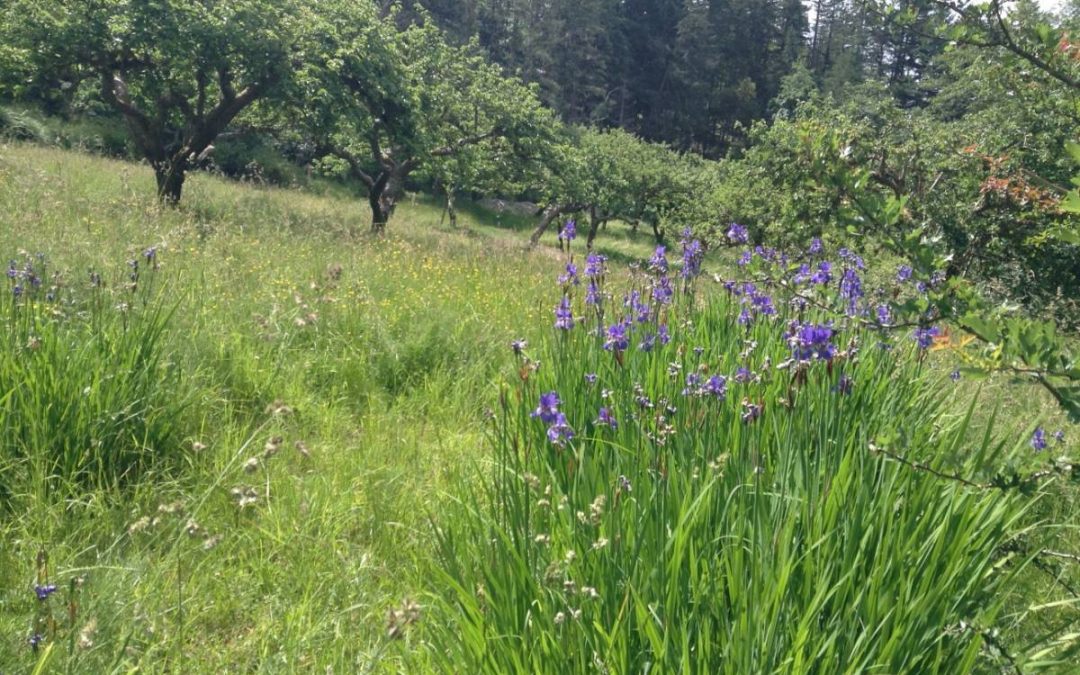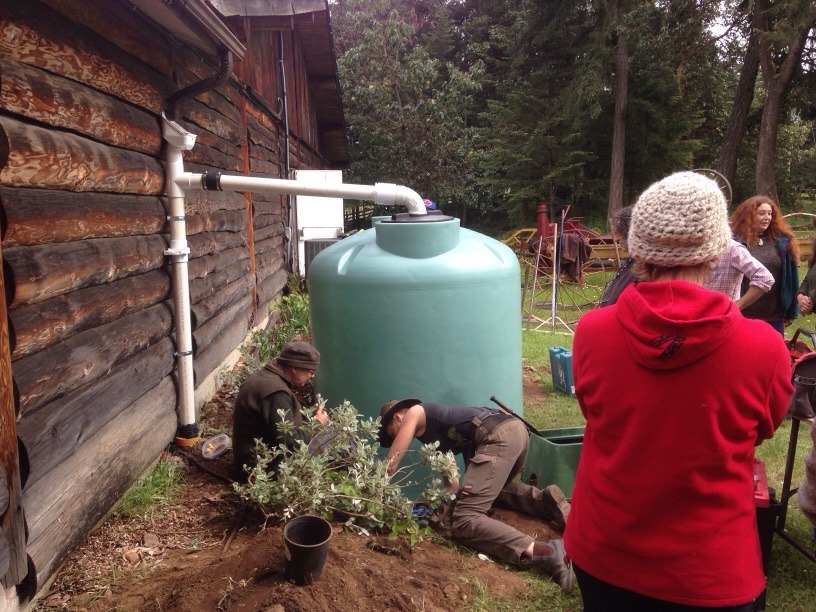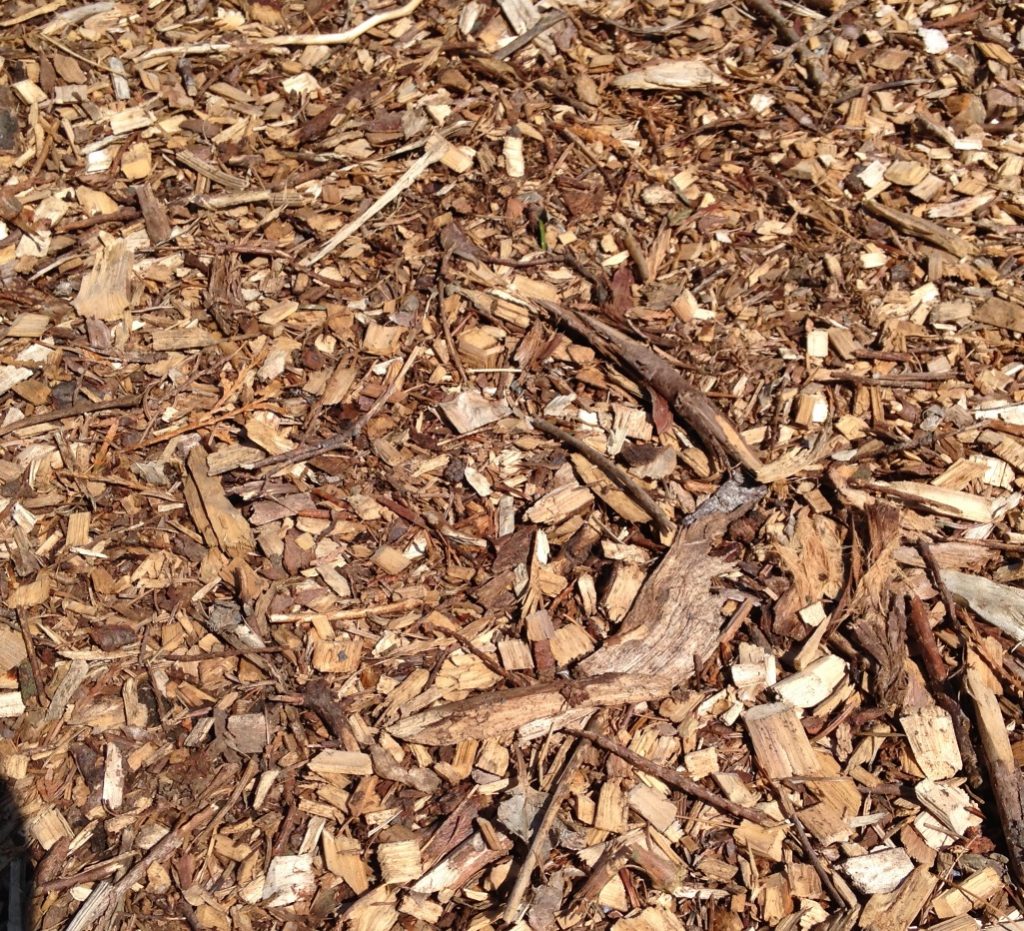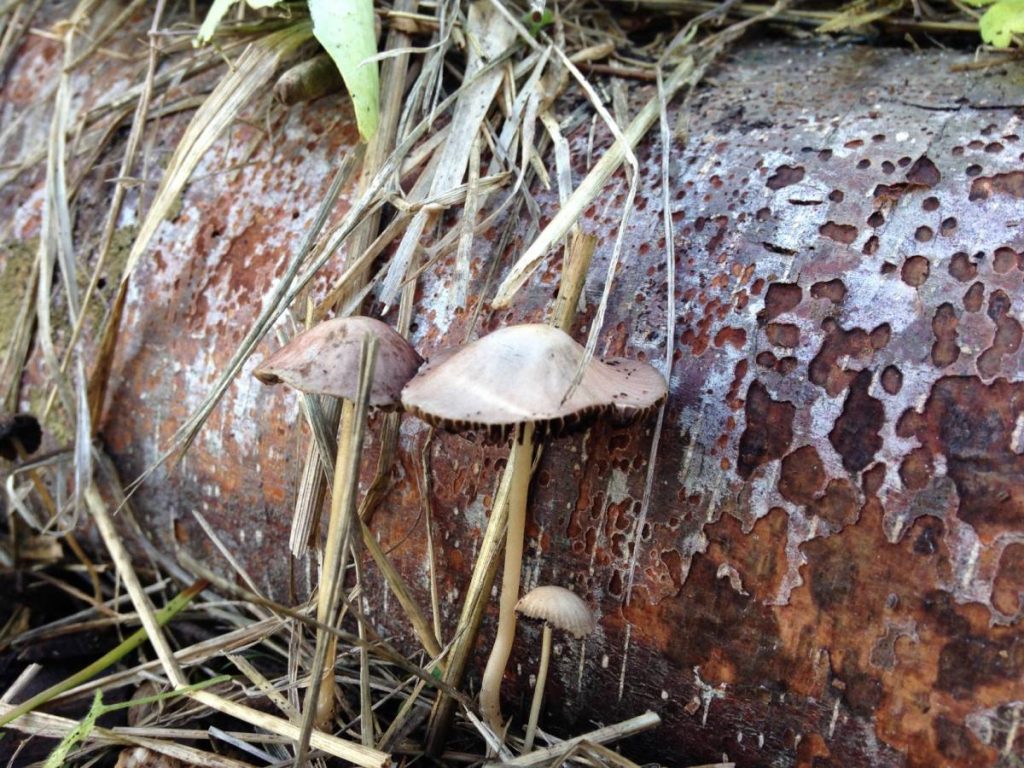Drought proofing your landscape – Part two
It’s still looking dry out there.
As of June 21, 2019, the rainfall data for this area is shocking. We have only received 46% of our average rainfall for the year. This is significant as we journey into our driest months of the year where our forests come under threat of wildfire.
If you have not seen part one to this article, you can see it here…
What we are trying to focus on is some practical strategies for you to employ in your landscape to make it more resilient and better coup with the stresses caused by prolonged drought. Some of you are on a community supplied water system and probably feel that drought is no big deal and doesn’t affect you. In our inter-connected world, if a neighbour is feeling the pain of drought, we should all take notice and not only do all we can to help but also learn from their hard lessons and employ all we can to buffer our landscape.
Drought proofing is a vast topic and a giant rabbit hole to journey down, in reality, one could spend years writing about this topic. In this blog post, I will focus on the macro, the larger picture, and how important this is when managing your landscape and water.
Design with water in mind.
That’s right one of the first considerations you should have when looking at buffering your landscape is all the water resources that are already on your site. Even an average size lot, 60’x 100’ has over 500,000 litres of water fall on it each year (based on an average rainfall of 1065 mm). Of that, how much is used within your landscape? Most of our construction practices view water as a liability, and we tend to pave and drain our outdoor surfaces instead of infiltrating this rainwater within our site. With Permaculture design, we want to slow down and calm the water which enters our site. The longer we hold onto it, the higher the chance we have of this high-quality water infiltrating into our soils for later use. That’s right we can use our existing soils much like a cistern where we store water within it during the rainy season and then make use of it during the dry season, like right now.
We are currently in extreme drought conditions, what can you do today to help your landscape:
- Start collecting rainwater, even if it’s just a rain barrel. This is how I started my rainwater harvesting journey. Once you start collecting, you’ll be hooked. Rainwater is a high-quality form of water and is gentle on your landscape.
- Add wood-based mulch, such as arborist chips. Wood chips are readily available from a tree pruning company. Why add wood instead of compost? Simple, Take a walk in the forest and take a look at the top of the soil layer. Most likely you won’t see any soil as you’ll discover that forest litter occupies the top few inches of most forests. This is organic matter from neighbouring trees that decomposes over time to build more soil. During the process of decomposition, the woody debris becomes home for many soil organisms and acts as a battery storing water nutrition. Not only that it protects the soil from the heat of the sun, which in turn helps conserve water.
- Consider adding small logs, even stumps into your landscape. When you place logs within your landscape and partially bury them, you create a naturalistic look but more importantly, your building soil over time along with providing habitat for numerous amphibians and insects. These can be quite easy to incorporate as they lends themselves well to placing in various locations such as along the edge of a planting area, they can be used to help stabilize a steep slope or just lay within a display. Logs act much the same as wood chips in that they hold onto water and nutrients that are later released and used during the growing season.
- One of the principles that Brad Lancaster (harvestingtherain.com) lists in his book Rainwater harvesting for drylands and beyond (volume 1), Maximize living and organic ground cover. Bare soil, especially during the summer and winter months is subject to the sterilizing effects of the sun and compaction which rainfall can bring. Yes, that is right, rain is responsible for much of the compaction in our landscape. So make sure you have your soils covered by either a living or organic mulch.
So there you have it, some strategies you can employ today that will help your landscape buffer the long dry season that is forecasted ahead of us. In our next blog, we’ll continue talking about how we can improve our landscapes in a way that reduces water usage and maintains a high aesthetic value.
Article by Jamie Wallace
Co-owner of Jaan Designs
Regenerative Land Designer
Installation Contractor
Project Manager
Educator







